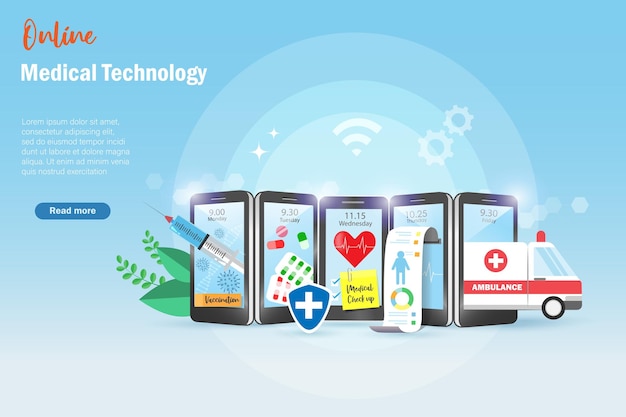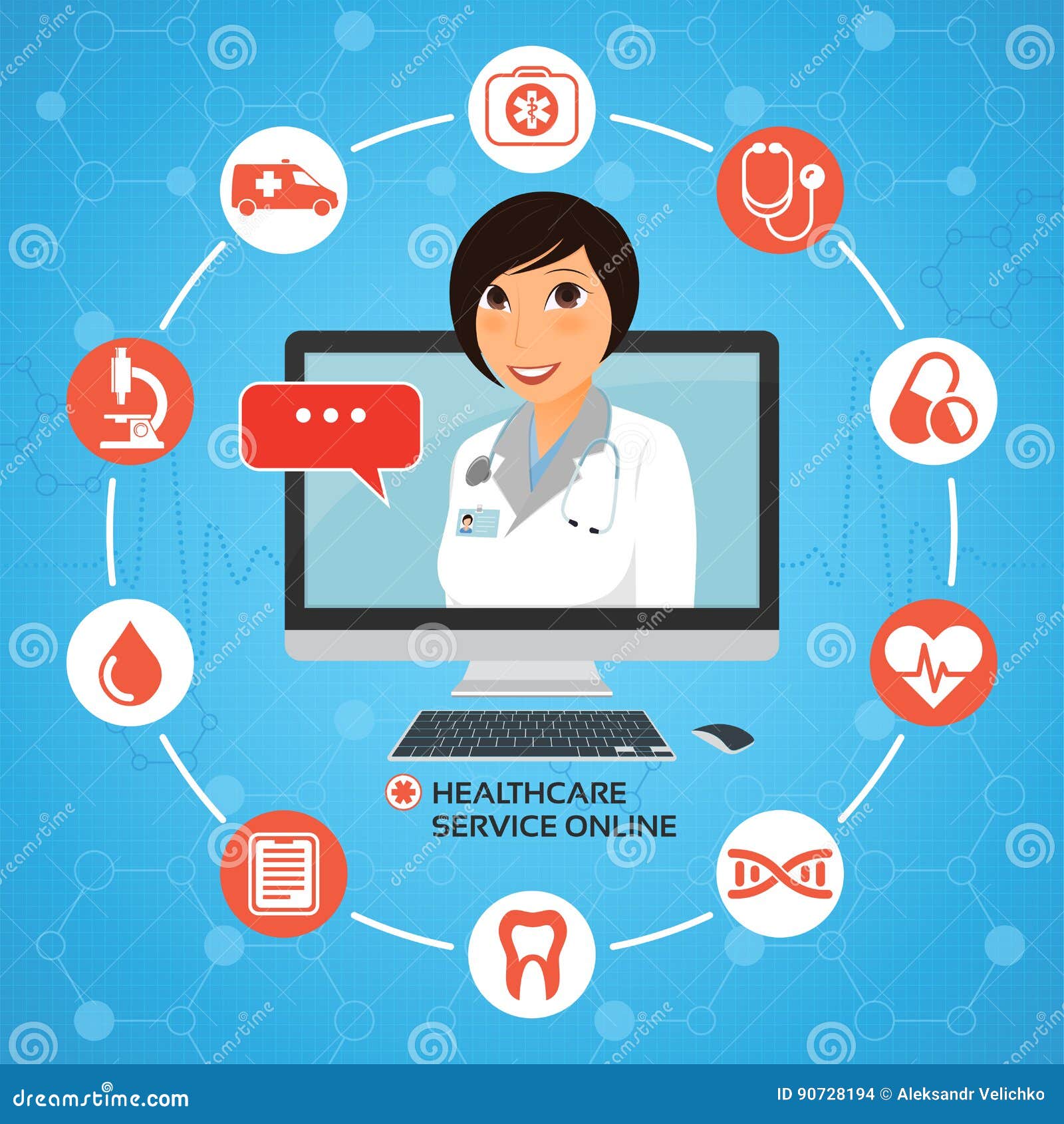How Subscription-Based Health Care Is Revolutionizing the Clinical Sector

The Increase of Subscription Healthcare
Recently, the healthcare sector has seen a substantial shift towards subscription-based versions, reflecting broader consumer patterns preferring benefit and predictability. This makeover is driven by the raising need for even more available and individualized treatment services. Membership health care, occasionally referred to as attendant medicine or straight medical care, provides individuals a fixed monthly fee for a series of medical services, considerably altering traditional fee-for-service models.
The surge of subscription healthcare is facilitated by improvements in modern technology, which allow structured interaction in between patients and service providers - subscription based healthcare. Digital platforms and telehealth services have come to be integral, providing patients the ability to arrange consultations, accessibility medical records, and receive consultations online. This technological combination not just enhances client interaction but additionally enables providers to provide extra efficient treatment
Furthermore, the registration design aligns with the advancing assumptions of individuals that seek even more control over their healthcare costs and experiences. By getting rid of the changability of co-pays and insurance coverage cases, subscription-based medical care provides a transparent and straightforward technique. While this version is acquiring traction, its spreading encounters difficulties such as regulatory obstacles and the need for broader acceptance within the conventional health care ecological community. Its expanding existence notes a pivotal moment in the development of healthcare distribution.
Benefits for People and Providers
Subscription-based health care uses a plethora of benefits for both people and service providers, improving the characteristics of medical care. For individuals, this design provides boosted accessibility to healthcare services.
For healthcare providers, subscription-based designs foster a more gratifying and sustainable practice. By safeguarding a steady earnings stream, providers can concentrate on providing top notch care without the pressure of volume-based service. This model urges longer individual examinations, cultivating stronger patient-provider relationships and boosting health and wellness outcomes. In addition, it provides providers the flexibility to innovate and include alternative and preventative care practices. Administrative tasks are typically structured, lowering above costs and permitting service providers to devote more time to client interaction. In general, subscription-based medical care straightens the motivations of people and service providers, advertising a more reliable and patient-centered healthcare shipment system.
Key Functions of the Design
Often, the vital attributes of the subscription-based healthcare design emphasize its distinctive method to delivering clinical solutions. Central to this design is the principle of predictable, regular monthly settlements, offering people a comprehensive series of services without the unpredictability of standard fee-for-service structures. This design usually includes endless access to health care solutions, preventative treatment, and regular examinations, making certain that clients can engage with their doctor proactively as opposed to reactively.
Furthermore, direct interaction channels, such as telemedicine and messaging systems, are highlighted, allowing individuals to receive timely suggestions and consultations without requiring in-person appointments. This enhances availability and benefit, particularly for individuals with wheelchair restraints or those staying in remote areas. The model likewise promotes more powerful doctor-patient connections, as doctor are see this here incentivized to concentrate on long-term health outcomes instead of temporary check outs.
Additionally, subscription-based medical care typically incorporates technical technologies, such as digital health records and health surveillance apps, to supply effective and tailored care. Clients take advantage of worked with and constant care monitoring, which is tailored to their certain health demands. Eventually, these attributes jointly develop a patient-centered medical care experience, prioritizing access, price openness, and preventive treatment.

Considerations and difficulties
While the subscription-based health care design supplies various advantages, it is not without its factors to consider and obstacles. Membership versions may accidentally favor those with higher socioeconomic condition, possibly expanding disparities in healthcare gain access to for lower-income individuals who may battle with regular monthly charges.
One more difficulty hinges on regulative conformity. Subscription-based healthcare should navigate an intricate web of policies that differ by region, consisting of concerns around client privacy, data security, and state licensing demands. Ensuring compliance without restraining the design's flexibility and advancement can be discouraging for companies.
Furthermore, there is the risk of overutilization content or underutilization of solutions. People paying a taken care of fee could overuse services, resulting in raised functional prices, while others might underutilize due to fear of burdening the system, potentially overlooking necessary care.
Future Prospects and Innovations
The landscape of subscription-based healthcare is poised for makeover via emerging advancements and developing potential customers. As technology remains to advance, the assimilation of artificial intelligence and you could look here equipment knowing presents significant chances to enhance diagnostic precision and improve patient management. Anticipating analytics can reinvent preventive treatment by determining prospective health risks prior to they show up, therefore decreasing both costs and the concern on medical care systems.
Furthermore, telemedicine is readied to expand within subscription versions, offering people boosted access to healthcare professionals despite geographical constraints. This not just promotes connection of care yet also equips patients to engage more proactively in their health and wellness administration. In addition, blockchain innovation supplies prospective in securing individual data and making sure interoperability throughout platforms, fostering trust fund and openness.
The growth of tailored medicine is another frontier, with registration designs supplying a special framework for delivering tailored health solutions. Hereditary testing and customized therapy plans can be seamlessly integrated, lining up client needs with particular clinical interventions. Additionally, partnerships in between technology companies and doctor are most likely to yield ingenious options, boosting client experiences and end results. As these potential customers emerge, subscription-based medical care has the possible to redefine just how treatment is provided and accessed.
Final Thought
Subscription-based healthcare is changing the clinical sector by offering a much more easily accessible, predictable, and patient-centered approach to medical services. This design enhances patient-provider relationships, guarantees economic transparency, and emphasizes preventive treatment with unrestricted assessments and telemedicine. Regardless of difficulties such as regulatory obstacles and possible differences in gain access to, the registration version holds promise for an extra reliable and customized medical care experience. As innovation developments, additionally innovations are most likely to deal with existing difficulties and maximize healthcare delivery.
Registration medical care, sometimes referred to as attendant medicine or straight key treatment, uses people a set regular monthly cost for a range of clinical solutions, considerably modifying conventional fee-for-service models.
Moreover, the membership version straightens with the advancing expectations of clients who seek even more control over their medical care expenditures and experiences. For patients, this version provides boosted access to healthcare services. Overall, subscription-based medical care lines up the rewards of providers and people, promoting an extra effective and patient-centered healthcare delivery system.
Moreover, telemedicine is established to broaden within registration versions, offering patients raised accessibility to healthcare professionals regardless of geographical constraints. - subscription based healthcare